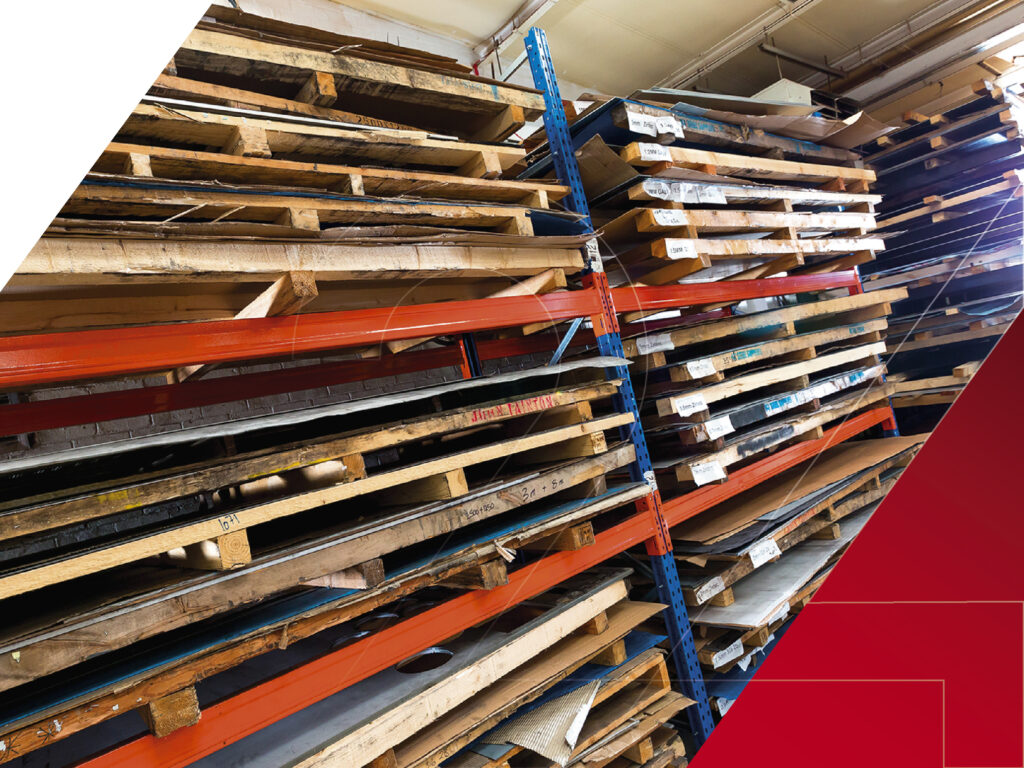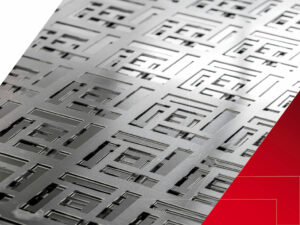As we sit on the precipice of the Fourth Industrial Revolution, technological advancements continue apace. For laser cutting this means more significant developments in precision, automation, versatility and efficiency, with sectors as diverse as manufacturing and healthcare reaping the benefits. In this article we look at what’s next in laser cutting.
The lowdown on the Fourth Industrial Revolution
New technologies and how these are applied in unexpected and exciting ways have had a big impact on the laser cutting industry. There have been huge leaps with AI, Big Data, IoT networks, robotics and automation and their power and potential can feel limitless. For laser cutting, they have already made strides within real-time data collection, analysis and machine learning, increasing the efficiency and adaptability of the laser cutting process. It has also benefitted from optimised processing, adaptive control and predictive maintenance. It’s a thrilling time to operate in the industry.
Our sectors
The speed at which technology is advancing means further innovations are all but guaranteed, and for every sector we operate in, we continue to advocate for advancement. The fields of marine, construction, automotive, architecture, engineering, medical and food will all undoubtedly continue to benefit.
Innovation examples
How will these developments impact certain fields? The list is vast and varied – first, the increasing complexities of consumer electronics can be tackled with ease. Architectural design elements will benefit from more intricate specifications. In healthcare, think personalisation – orthopaedic implants can reach greater levels of precision, and precision enhanced surgical instruments will be provide life-saving care. In the automotive world, aside from parts production, the focus will lean towards the creation of lighter weight energy saving vehicles. The possibilities are extensive.
Aerospace
The aerospace sector is another sector poised for progress via laser cutting production. Compliance, innovation and accuracy are key requirements for space and aircraft components, and they are perfectly aligned to those of the laser cutting world.
The emergence of 3D printing
Laser cutting already dominates 2D specifications, but the game-changing introduction of 3D cutting opens a new level of complexity. Demonstrating the versatility of the industry, advancements in the creation of 3D parts and structures are already being used in several sectors from automotive to medical.
Textiles and Fashion
These technological advancements are not all focused on metals and heavy-duty materials. Laser cutting technologies are now being utilised in the fashion and textile world, where the perfect balance of creativity and power is being explored. Say hello to precision-led customisation and a world where the arts and manufacturing meet in a novel way.
Environmental Positives
Every industry must take positive steps towards more environmentally aware practices. The introduction of fibre laser generators and their use of optical fibres over the once dominant CO2 laser generators has already seen a rise in energy efficiency. This machinery consumes less power and improves accuracy, producing less waste. It allows for a more effective management of resources resulting in reduced operating costs and a reduced environmental footprint. There’s also been the development of filtration systems. These competently cut back on harmful emissions and highlight another significant move towards laser cutting and its planet-friendly future.
The role of Laser 24
We’ve seen the many and diverse ways that advancements in technology have impacted, and will continue to impact, the laser cutting industry. At Laser 24, we have always been early adopters of new developments, driving forwards with best-in-class laser cutting capabilities, press braking and deburring services. Our commitment to increasing efficiency, precision and versality is unmatched and we look forward to the ever-evolving landscape.





